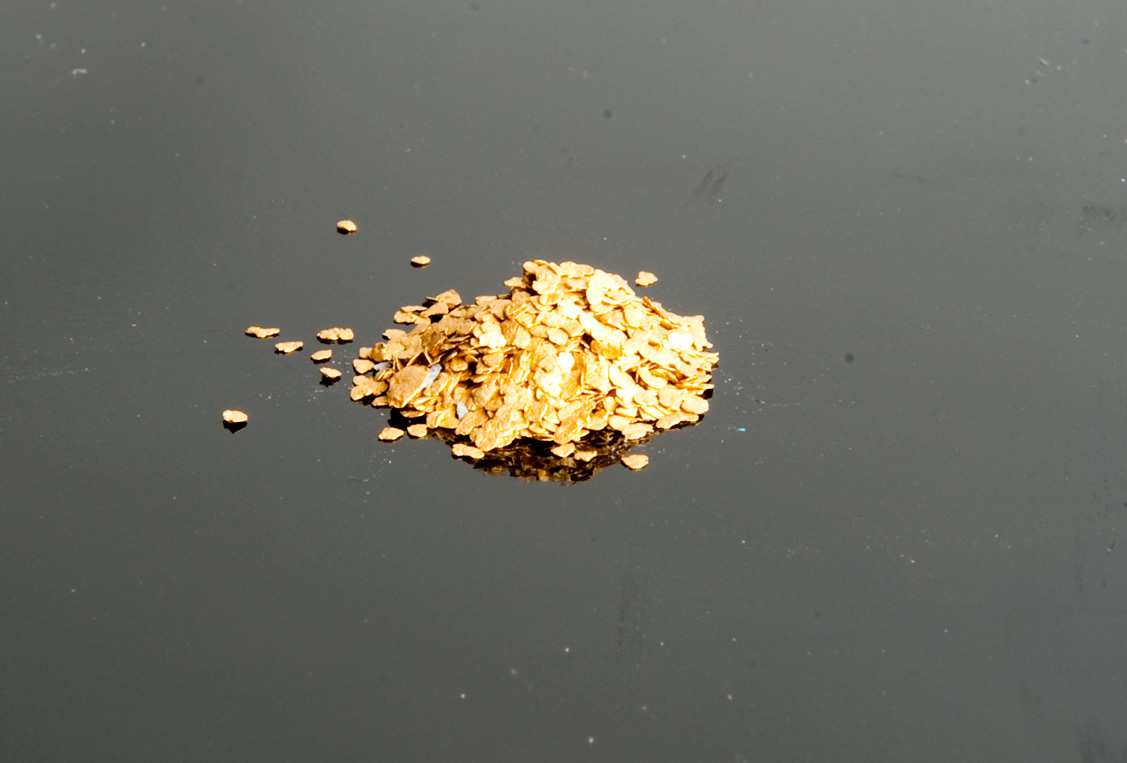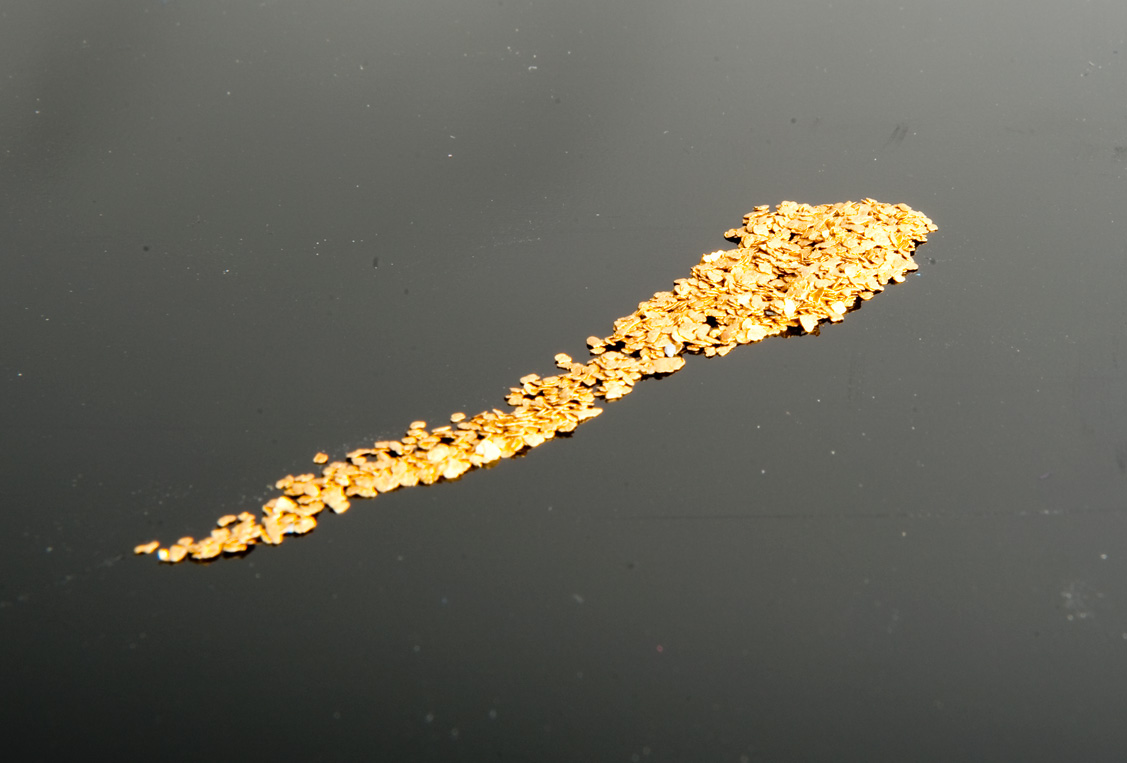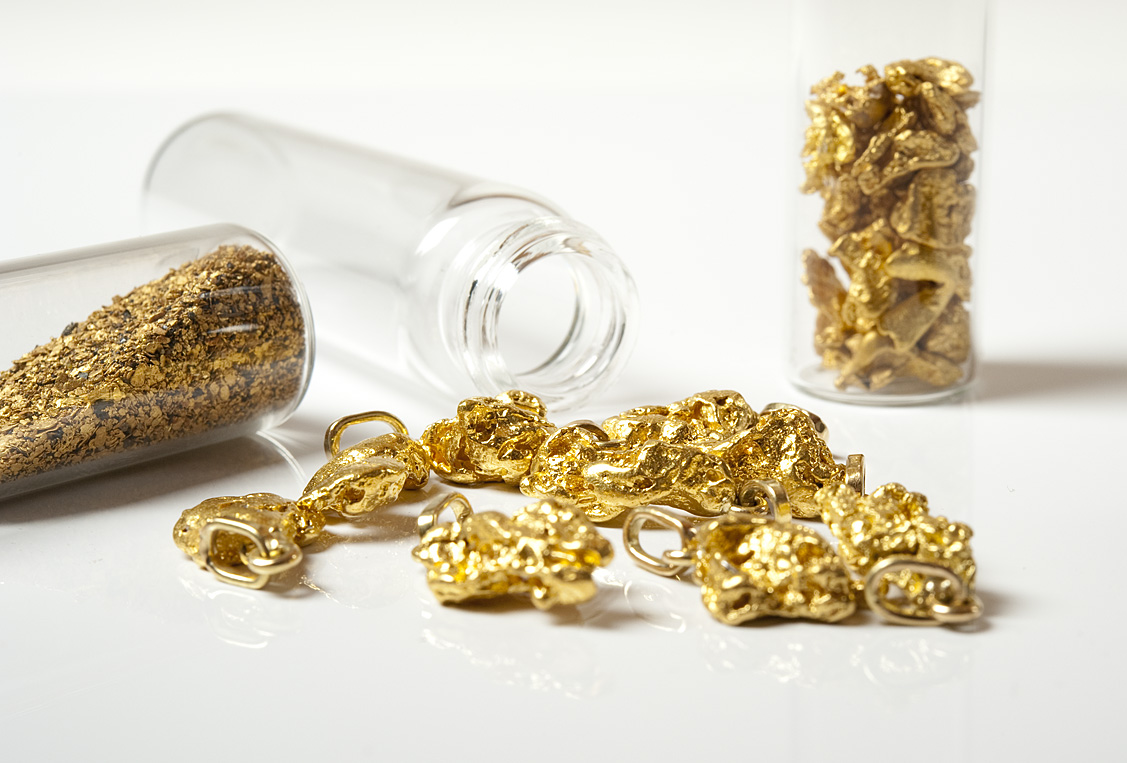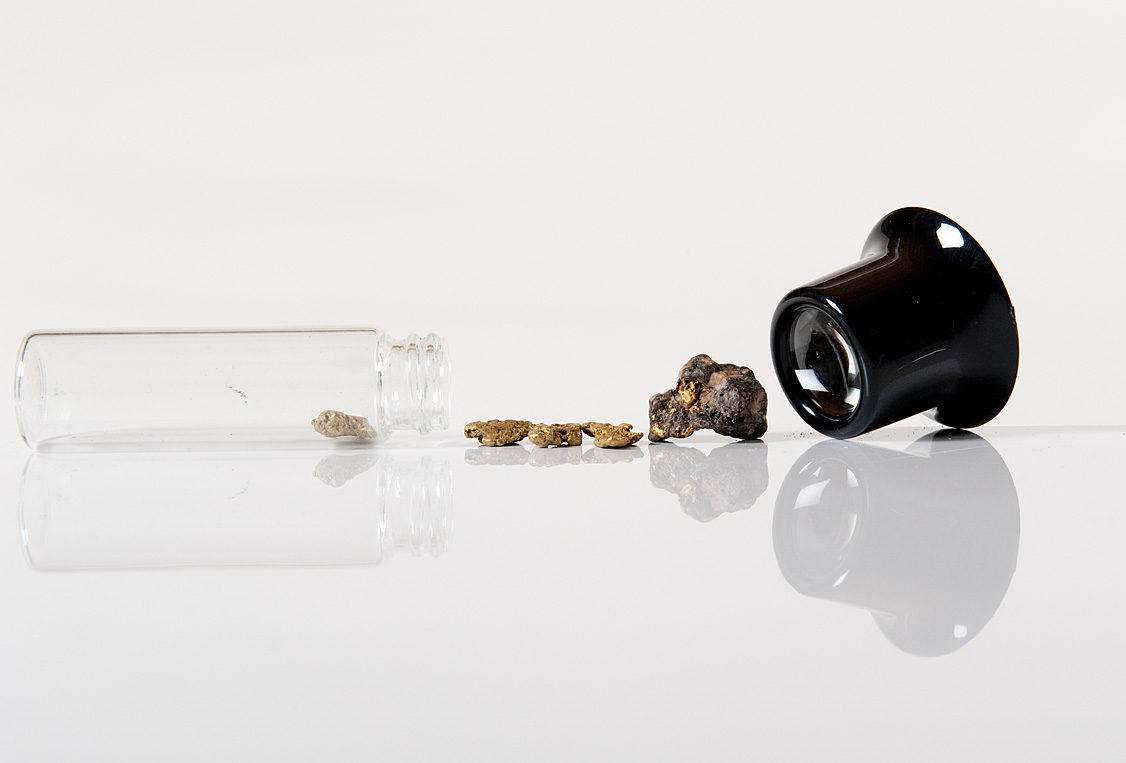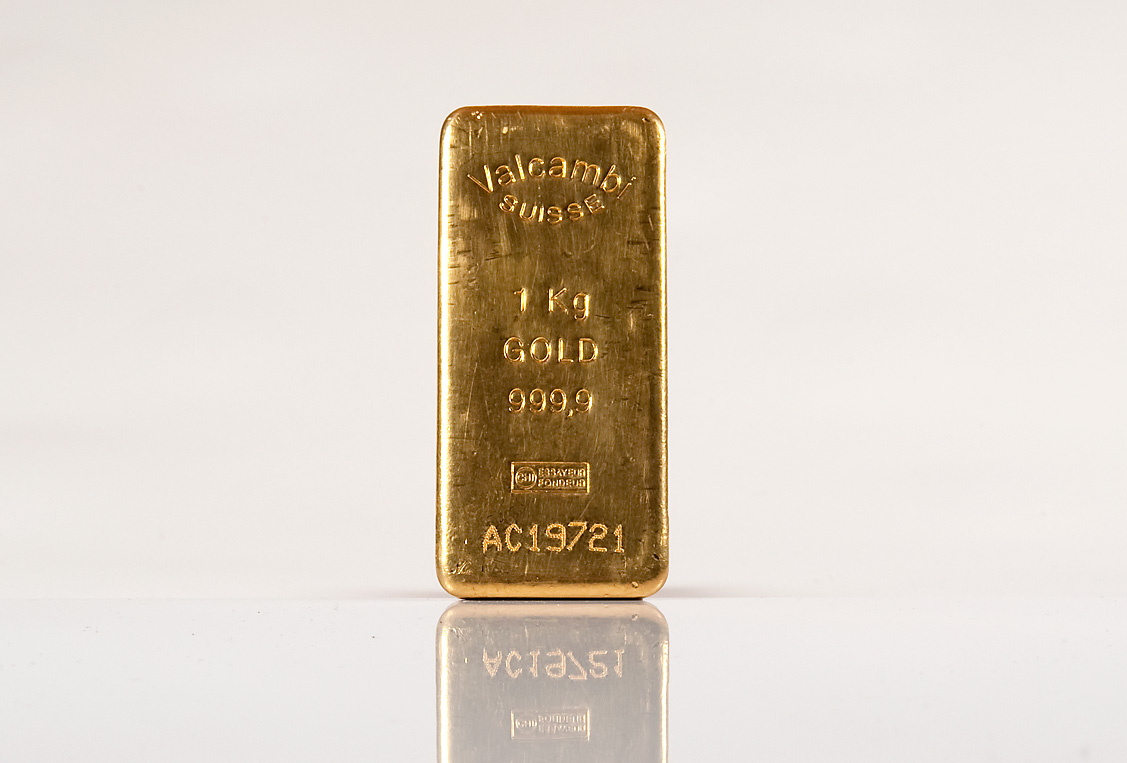-
Description
Gold is a chemical element with the symbol Au and atomic number 79. It is a dense, soft, malleable, and ductile metal with an attractive, bright yellow color and luster that is maintained without tarnishing in air or water. Chemically, gold is a transition metal and a group 11 element.
It is one of the least reactive chemical elements, solid under standard conditions. The metal therefore occurs often in free elemental (native) form, as nuggets or grains in rocks, in veins and in alluvial deposits. Less commonly, it occurs in minerals as gold compounds, such as with tellurium as calaverite, sylvanite and krennerite.
Gold resists attacks by individual acids, but it can be dissolved by aqua regia (nitro-hydrochloric acid), so named because it dissolves gold. Gold also dissolves in alkaline solutions of cyanide, which have been used in mining. It dissolves in mercury, forming amalgam alloys; is insoluble in nitric acid, which dissolves silver and base metals, a property that has long been used to confirm the presence of gold in items, giving rise to the term acid test.
This metal has been a valuable and highly sought-after precious metal for coinage, jewelry, and other arts since long before the beginning of recorded history. Gold standards have sometimes been monetary policies, but were widely supplanted by fiat currency starting in the 1930s. The last gold certificate and gold coin currencies were issued in the U.S. in 1932. In Europe, most countries left the gold standard with the start of World War I in 1914 and, with huge war debts, did not return to gold as
a medium of exchange. The value of gold is rooted in its medium rarity, easily handling, easy smelting, non-corrosiveness, distinct colour and non-reactiveness to other elements; qualities most other metals lack.
A total of 174,100 tonnes of gold have been mined in human history. This is roughly equivalent to 5.6 billion troy ounces or, in terms of volume, about 9261 m3, or a cube 21.0 m on a side. The world consumption of new gold produced is about 50% in jewelry, 40% in investments, and 10% in industry.
Besides its widespread monetary and symbolic functions, gold has many practical uses in dentistry, electronics, and other fields. Its high malleability, ductility, resistance to corrosion and most other chemical reactions, and conductivity of electricity have led to many uses, including electric wiring, colored-glass production, and gold leafing.No other metal can replace gold!
